|
Poetry is a world unto itself! Do we organise our art into an acrostic poem, where the letters at the beginning of each line spell a vertical word? Do we fashion our words into a meaningful shape in a concrete poem? Or do we let words flow unbounded, in free form? So many amazing poems were written by young writers this week, under the fairy lights at Thrive. This gorgeous acrostic work by Beatrice gave me the chills when she read it, a true sign of an excellent poem. Another shadow appeared in concrete form, by Naomi.  I appreciated this concrete poem by Mine. Though I’m a big coffee lover, I certainly didn’t used to be. This acrostic poem by Amani made me feel like I was watching them … Some beautiful nature is described in this ekphrastic poem by Lola. An ekphrastic poem is inspired by a work of art — in this case a beautiful photo of a waterfall. This heartfelt poem by Coco showed true wisdom. Real friends, I think they are harder to find in the adult world. We can learn something from this free form poem. Let’s end with Jess’ sweet Haiku (Haikus have three lines, 5 syllables, 7 syllables then 5).  These poems truly moved me with their heart and insights. Thank you to all who created at Story Club.
0 Comments
 I love this time of year. Halloween, and its prequel Samhain. The Day of the Dead in Mexico. Across cultures, this is a time of spirits … and magic. There are so many wonderful stories using magic. The best part about writing in this genre is … we get to choose our own rules! Will we write characters like Harry Potter who cast spells using a wand? Or will we go the route of X-Men, who have one specific power that they can’t help but wield. My own Element Girls receive necklaces that give each of them the power of earth, air, water or fire. So far there is no school where they can learn more … well, bring on Element Girls 3! At Story Club at Thrive cafe this week, I so enjoyed the ideas that came up. A pickpocket working with a helpful cat, a trickster picksie, a girl-dragon combination setting things on fire, a rare otter with water magic and a moody fairy affecting the weather. All of these make unique and compelling characters! So I invite you to try it! Think of a character who will have (or learn) magical powers. Human, fairy, cat or … ? How will they wield magic? Will they be able to learn more about their magic from another character, or is it something they must grapple with themselves? Happy writing! This time of the year is beautiful. Leaves are turning to gold, yellow, orange, red and brown, such warm colours. Squirrels are busy harvesting hazelnuts, acorns, walnuts and other tasty tree-offerings. And the mushrooms and fungi tell enchanting tales of fairy rings and secret forest doings. In this week’s Story Club(s), now on Wednesdays and Thursdays, we developed characters, settings and plots inspired by the season.  We had Scrap in a hazelnut hat and two characters named Autumn. Their clothes included a dress of braided grass, a stylish, short dress that is easy to do sport in, and the awesome outfit in the picture. Beautiful forest settings with golden leaves (and arguing squirrels) smelled of pine nuts and sap. Poor Scrap loses her enchanted twig, which summons autumn, and the wind picks up in another story, disrupting everything. I also showed everyone one of my favourite picture books, with an autumn inspired character, plot and setting! And with gorgeous and sometimes amusing illustrations. Hope everyone finds some inspiration in those autumn leaves!
 I love this story by author Zea Perez from the Philippines. I have really enjoyed getting to know Zea over email and social media. Her stories have such heart in them, and tell a beautiful and also informed tale about major issues like pollution. I have also learned a bit about the Philippines through her writing! This tale is a beautiful plea to clean up our air, written as an enchanting fairy tale. Oto and Tuwin by Zea Perez, edited by john e c In a far-away land, a massive smog blankets the land, water, and the sky. One cannot distinguish if it is night or day. The haze can go from dark grey to greyish black. When this happens, everyone wears their mask and other protective accessories. Others opt to stay home, securing themselves away from such unnecessary and unhealthy exposure. The enormous fossil fuel processing plants, smoke from the massive vehicles on land, water, and air, and household appliances such as microwaves and the likes cause smog and haze. All the living creatures are secure in their respective homes. However, a little unseen thing to the naked eye called Oto, the element-oxygen is busy gliding to and from, transporting clean air to a sickly little girl in her tiny home in a hilly village. Oto lives in the kingdom of the Ozone layer — part of the stratosphere. It safeguards living things from the dangerous ultraviolet or UV, so it cannot penetrate the Earth and cause deadly diseases to humans such as cancer and lung illnesses. As everyone knows, human civilization and development have also resulted in several untoward effects on the Ozone kingdom and the Earth; particles of smog and haze have caused a hole into the Ozone kingdom, letting the UV light penetrate the surface. The Ozone kingdom is sad. Much more so with Oto, he is very unhappy. Forest fires are happening regularly. Viruses causing pandemics thrive in the unhealthy conditions “Never forget to pass by at the nearest forest for the Ilang-ilang scent. It has a healing effect for your friend,” Oto’s mother will always remind him. At this moment, Oto arrives just in time in the hilly village. The sickly girl can hardly breathe. Hard coughing; then exhaustion eats her up. Sleep is her only option. She is constantly in bed as she has no energy to get up. She is thin, pale, and dark circles are apparent around her eyes. Her fingernails are a bluish-black too. Oto can only give her just enough air. He asks advice from his parents how best to help the sickly little girl. His parents gave Oto a little knap-sack which can store the cleanest and healthiest oxygen that can harness more clean air from the forest, trees and water. When Oto delivers the clean air through the girl’s nose and mouth, the girl strangely opens her big brown eyes, as if she’s seen him. She purses a timid smile and then closes her eyes. When this happens, Oto shudders. He likes her smile. The girl’s eyes seem to say, “Please help me live, and let’s be friends!” And so, Oto does this every day: bringing the cleanest air coming from his home; he skips and re-routes himself away from the smog and haze; then he continues gliding, mindful that he never forgets to pass by the nearest forest for the Ilang-ilang scent; then he moves onto the sickly girl’s village and into the girl’s home. While Oto is giving off his oxygen to the girl, she opens her eyes suddenly and says, “I am Tuwin. Remember my name.” Then she goes back to sleep. Oto is happy knowing the girl’s name. “Tuwin! What a lovely name!” he muses. “But how come Tuwin seems to see me?” Oto knows he is formless. When he’s back at home, he tells his mom and dad about it. “Does the little girl see you, Oto?” his mom asks, quite worried. “Why mother? Is there something wrong that she sees me?” Oto asks back, puzzled. “Usually, when humans see us, they are about to go to heaven,” his mother replies uneasily. Oto instantly feels dejected. His mother pats his shoulder and says reassuringly, “Don’t worry now. We still have time. Carry on with what you are doing. Harness the cleanest air as I instructed you. As long as the little girl keeps on the fight to live, she will survive!” “How I wish humans could do something about the smog and haze!” Oto’s dad hopes. The next day, Oto cannot wait to reach the little girl’s hut. But upon his arrival, he perceives a commotion. The girl’s parents and the physician are in serious conversation. Oto tries to have a glimpse of Tuwin. In her deep sleep, she looks even frailer. “The smog and haze are the root causes of her disease. Her immune system is failing. I’m sorry,” the doctor says. “If we cannot eliminate the cause, I guess we cannot save Tuwin.” Oto gasps, he cannot believe what he is hearing! “Is there anything we can do, Doctor?” Tuwin’s father asks, pleadingly. “Well, for one, your home must have lots of trees surrounding it. That can help. Second, join the lobbying effort to persuade the authorities to regulate the poisonous processing plants. Help spread the message to minimize the use of vehicles. Promote more walking. Minimize the use of household-carbon emitting appliances.” The doctor’s words inspire the couple. Upon hearing all this, Oto’s eyes open wide. There is hope! Yes, the doctor is right! Oto can’t wait to tell his parents about it. But first, he must give the oxygen to the girl. When everyone goes out of the room, Oto gives the fresh air to Tuwin. Opening gently his knapsack, he lets out the air from it, ensuring it goes around the girl’s nose and mouth. Oto observes the girl inhaling it. The girl opens her eyes once again. “What is your name?” she asks. It surprises him. “Oto, Oto is my name,” he says shyly. The girl nods. “Keep on fighting Tuwin!” he reminds her softly. The girl closes her eyes, and her lips seem to be beaming. Oto assumes she hears him. He beams back. At last, she knows his name. One day, when Oto is on his way to the girl’s house, he sees Tuwin’s father and the village people. They bring along with them tarpaulins and streamers, with the slogans: “Say No To Smog And Haze!”,“Processing Plants Respect The Earth!” and “Fight for A Healthy Earth and Future!” And when he approaches the village, Oto sees a mass of people. Bringing along their farm tools, they are going to plant trees of all kinds. Some are fruit trees, such as mango, avocado, and guava. Others are hardwood, such as Talisay, Acacia, Shorea and many more. The effort of the village people amazes Oto. It is the interest of the village people to end the smog and haze because they don’t want their children to get sick like Tuwin. The girl suffers enough. In the following days, Tuwin attempts to sit up on the bed by herself. Oto encourages and regales her with stories about the massive planting of trees in the village and his father’s and friends’ efforts. The girl, though still weak, answers back, “Thank you, Oto, I cannot thank you and your family enough. I’m grateful for the clean air you gave me daily. I know that it’s you because it has that same distinct scent.” Oto becomes ecstatic. The girl remembers everything. “The scent is from the Ilang-ilang tree in a nearby remaining forest. It is recovering now,” Oto smiles. Giving Tuwin fresh oxygen becomes the daily rhythm of Oto’s and the community’s life. Tuwin’s mother and the villages continue tending trees on every corner. Tuwin’s father and his colleagues continue handing out poster materials, which promote the advantage of regulating or minimizing the use of toxic carbon produced by vehicles, plants, and factories. It urges households to conserve energy and minimize harmful carbon-emitting appliances. Yes, it is a very demanding endeavor. But everyone contributes and carries on. Tuwin’s father and his colleagues persuade everyone to use more organic fertilizers and less synthetic ones by showing their farms as examples. They support wind turbines, solar panels, and water-based sources of power and energy. One monumental victory is the closing down of a fossil fuel processing plant that has polluted the air for almost a hundred years. Days and years go by. Trees grow taller, a little over the height of the little girl’s home; it greens the fields and revives the air. The Ozone kingdom becomes stronger and healthier. The UV light regulates well. The air enlivens and revives all living things alike. The smog and haze slowly but steadily disappear. The landscape of the village becomes vibrant. Mango and avocado trees are bearing fruits. The children are climbing among them, harvesting and eating them. There are vegetables and herbs growing in every household plot, such as string beans, purple spinach and lemon grass. Most of all, the red Bougainvillea and the white plumeria are cheerfully blooming in every corner. The rivers and creeks are crystal clear to behold, and are cool and refreshing to touch. Tuwin can sit and eat on her own. She can walk and go outside the house. She can even run! She becomes a happier, lovelier and healthier young person. Tuwin and Oto’s friendship continues to flourish. Oto persists in giving Tuwin her daily dose of oxygen with the Ilang-ilang scent. Tuwin, in return, carries on the tradition of planting trees and tending edible flowers and vegetables. “Can you give these Sampaguita and daisies to your mom, Oto? Please do it by harnessing the wind up to the Ozone kingdom? It will be magical!” Tuwin asks Oto, smiling, while she gathers the blossoms. “I’ll try!” Oto winces. Sometimes, in a trancelike experience, Oto forms himself into a young human by reining the colorful falling leaves around himself, so he and Tuwin can dance to the captivating tune the uplifting wind, the birds, the flowers, and the trees are humming especially for them. The way characters interact with their settings reveals a lot about them. Different characters will notice different things and feel distinct emotions in response to their environments.  A sunset:
At my writing workshop, Story Club, ideas flowed. One young writer drew her setting to help her get a sense of what characters would notice once they entered the room. A clever cat shied away from a hidden camera in a plastic flower. While another character discovered a magical item disguised as a TV.
Other ideas from the group - an ex-army character noticed how the set up of a camp in the woods was all wrong. A family reacted emotionally to the vase of a deceased mother, all feeling different things reflecting their age and memories. It's worth spending time examining the world through the eyes of different characters, to help bring their unique, distinct personalities in the story.  Some stories are unputdownable. How can we achieve this in our own writing? This week’s Story Club focused on tension and suspense! The air was crackling, and young writers were on the edge of their seats to find out … what type of cake everyone ordered from our host cafe, Thrive. Mysteries were one topic we discussed. A mystery, no matter how small, can be a carrot that keeps a reader reading. From a hinted-at but not explained past trauma, to an unexplained, recurrent scent, these little questions can keep readers engaged. And there is a lovely feeling of resolution when the answers are revealed! A lovely orange-dark chocolate tart arrived … but that wasn’t the only thing … We also explored Layering, Conflict, and a Bumbling Plan (introducing humour and tension at the same time)! Banana bread was also enjoyed! Looking forward to the next Story Club already with its selection of cakes and also … will we get to use the sofa again? In honour of a birthday (shared with Percy Jackson!) we had a look at our characters at Story Club. When were they born? Morning, evening? Spring, Summer? How to use this in a story? Perhaps a morning birth means the character is awake early. Perhaps a Spring birth means a love of first flowers, the world waking up. And then there is astrological sign! Our Story Club was also special due to a special guest - artist John Crawford. Surrounded by art, with birthday cheer in the air, it was easy to get inspired!
In this week’s writing workshop, we looked at how to end our stories. Think ‘circle’. To write the ending, we go back to the beginning … Can we use the same setting at the start and end of the story, for a feeling of completion? Or perhaps something similar happens, like the character drinking a cup of tea, looking out a window. The other topic we explored was character growth. Can we show, not tell, the changes in our characters at the finish? Fantastic story ideas were shared around the room. A futuristic oceanic world with a school boat, a scar from a snake to show the past ‘literally bit’, and a character who learns to use words, not just images, to communicate. Beginning and ending ideas included otters playing in both scenes, not just the setting being the same but the time as well, and parents making their kids do the same wild adventurous action as they were made to do. I can't wait to read some of the stories brewing ...
How do characters show emotion in a story? We explored this question at this week’s Story Club at Thrive cafe. One of the beauties of stories is, the characters mood isn’t limited to the character. Yes, we explored what a character would wear, what their body language would be, and their speech. But we also created weather and landscape to reflect the character's mood. Thereby giving the reader an overall feeling, similar to what the character feels. We appreciated the snacks and ice water available at Thrive cafe, especially on a hot day. Try it at home — think about how you would convey a happy character, nervous, frightened, inspired or angry character. And don’t forget the tasty treats to keep you going!
One of the wonderful things about being a children's author is that other writers share their stories with me! This story has a lot of heart, and is a beautiful nature-connected tale from the Philippines. Written by Zea Perez, it was translated from Filipino by Jae Oh. The story is edited by JECaulton and illustrated by JC Sobrevilla. I'm honoured to showcase their story, which explores and important topic and gives the forest a voice.  In the virgin forest of Doe grew strange little trees called bonsai or pygmy trees. There were bonsai trees of the Almaciga, Narra,,Lawaan, Apitong and many other miniature trees as tall as one to two feet that lived in this forest. It was a Bonsai community at the mountain top with clouds that always seemed to embrace it in a slow, dreamlike dance. Despite their smallness and their height, the bonsai trees were very strong, their trunks like solid rock. They could carry anything on their branches without a single twig being broken. Strong winds would come but the bonsai community always stood their ground. They were a very proud lot, these small trees atop the mountain, who for many years had vowed to guard their home. They knew that in order to live they had to guard the forest from invaders. The forest was their haven and they had to protect it as much as they could. In this Bonsai community lived Bon, a young Lawaan bonsai. One day, Bon was assigned to guard the entryway by observing, the path which led to the tribal people who populated the mountain. Observing this entryway was a task that the community had always done, as it was the most vulnerable spot where strangers could easily come in. It was also the place where one could hear the activities going on in the nearby communities. “Begin now little one and guard the gate,” Bon’s mother said to him. “Be careful to listen well. Open your eyes wide and report at once to us if you notice anything unusual.” “Yes, mother,” Bon replied absent-mindedly as he watched a bird atop another bonsai tree. “Listen now, child. Be sure to do your job.” Bon understood the drill as he had been taught about it many times. If an invader comes, the guard must immediately report to the head bonsai. The head bonsai then alerts the signal for all the birds and forest creatures to make a sound that will in turn alert the tribal community. This was especially for loggers who may try to invade the forest and steal the giant trees. Once, when a team of surveyors for a logging company entered the forest, all the birds flew and created so much uproar that the Indigenous community came running to see what was happening. A confrontation ensued and the loggers and surveyors were flatly refused entry. The indigenous community didn’t want to allow another sad event where the big loggers would take away everything, as had happened before. “Destroyers of the forest, go away! You are not welcome here!” This the bonsai community would say to the loggers, if they could only speak. “Don’t worry, Mother, I will guard the gate,” Bon replied before his mother could say anything more. For several minutes, Bon listened well. No news. The forest was quiet as usual. Then he heard his friends coming. “Bon, let’s play. Let’s dance the hukilaw with the breeze,” invited the birds, his little friends. “True, Bon. It’s nice here with the sunlight peeping through,” a butterfly shyly called out to him. Bon thought it wouldn’t do harm to do as his friends said. Even just for a little while he would play. Besides, everything was quiet in the forest. So, Bon the young bonsai played—dancing, singing, swishing, flying his leaves with the breeze. For many hours he played with his friends. Then from out nowhere he heard a terrible sound. Was it a chainsaw cutting a tree? Bon immediately remembered his task. “Aaaah, please no, please no!” He was instantly filled with guilt for deserting his post. He must report at once! “Don’t worry now, we will do what we can. Just wait here and see what happens,” his friends tried to console him. “We ourselves will report to the bonsai head of this terrible sound.” And so, without much ado, the butterfly and the birds flew to report what happened. “Where is Bon now?” his mother asked. “He is right there at gate, guarding and listening,” they replied. Immediately the bonsai community called for a meeting. It was evident that danger was looming, a very potent situation that could mean death for all of them. They knew that if the loggers took away the trees the forest would be destroyed, their community too would suffer. The watershed would dry up and many would die. Many would die from lack of water. All the creatures of the forest would suffer and the indigenous community too. “Oh, if only I had listened well. I could have given the signal promptly. I shouldn’t have played. Forgive me, mother,” Bon cried. He was so sorry for not having done his job. “Don’t cry now. Do better next time,” his mother said as she tried to wipe away the tears that came out of the little tree. “Please forgive us, Bon. We are also at fault. We shouldn’t have urged you to play with us,” the birds and butterfly told him. “But at least we were able to alert the community, if a bit late,” they tried to comfort him. ‘And it’s not yet too late. Look?’ Bon’s mother let the them see what the Bonsai community did. Bon and his friends beamed. True, it's not yet too late! And so it was, that the big sound from the forest rang to signal to everyone that danger was at hand. It was a terrifying wail that came from the united voice of flora and fauna who didn’t want to be disturbed—a sound that reverberated in all the communities of people that surrounded the forest. It was a wailing, shrill sound loud enough to waken up the entire village to action. And it did. The community of people who saw and heard what was happening in the forest stood up and did their part. They could never let nature down, when nature itself was urging them to do their prime duty in protecting the forest and its inhabitants from the evils of greed and plunder. Bon and his friends continued to guard the gate. They would be there at all times of the day, mindful of their task, conscious of the danger that lurked when men would invade the forest to rob them of their rightful place in their beautiful peaceful residence atop the mountain, with the clouds embracing them in a slow dreamlike dance. ***hukilaw is a like a tribal dance to express joy and festivities. |
Details
AuthorThis is the blog post of children's author Giulietta M. Spudich. Archives
March 2023
Categories |

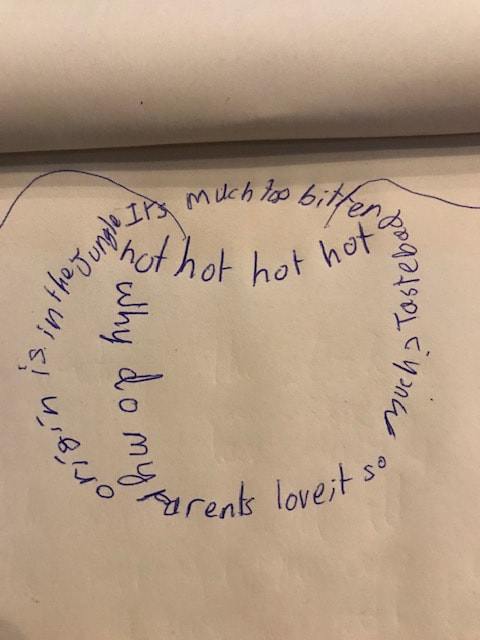
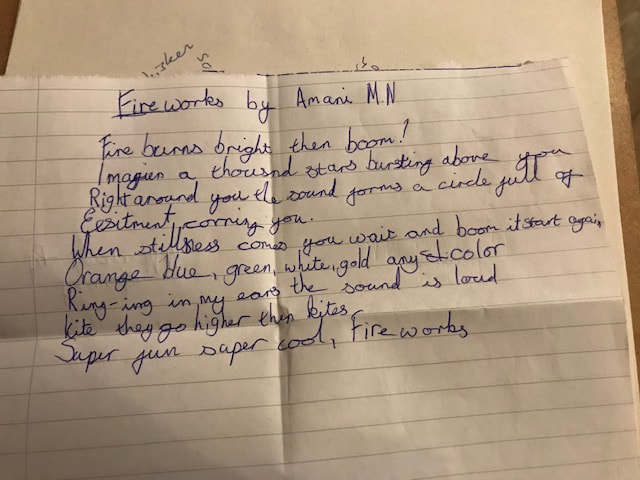
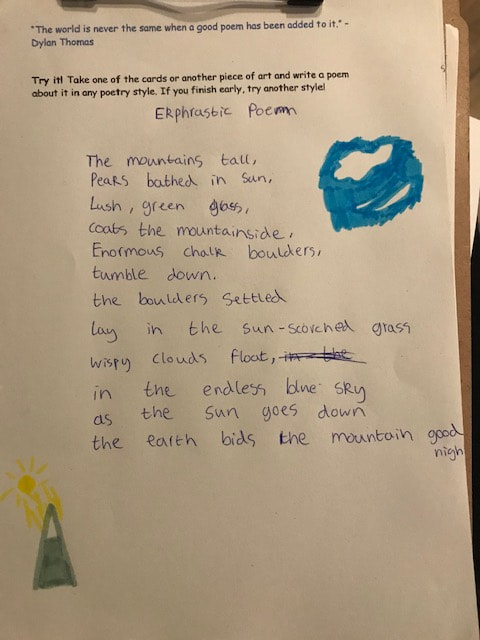

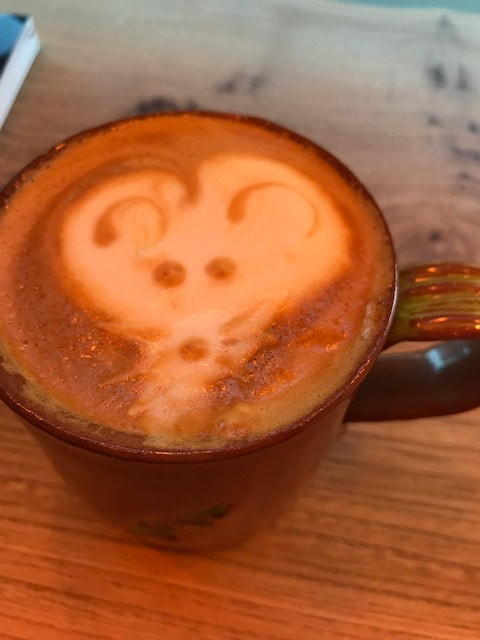
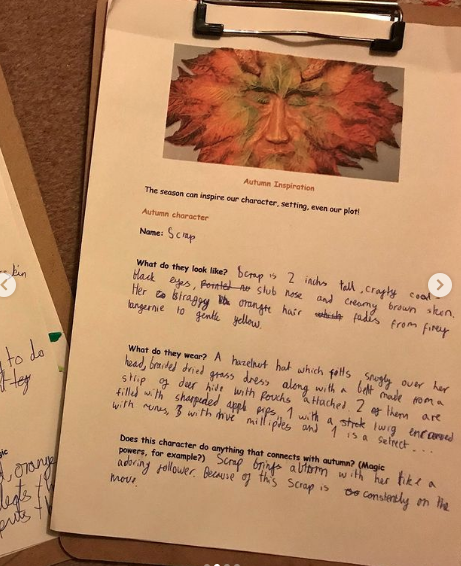
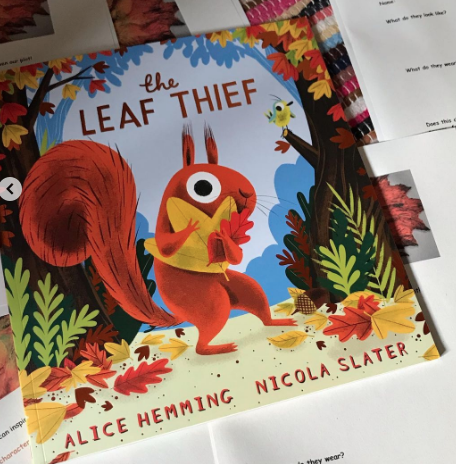

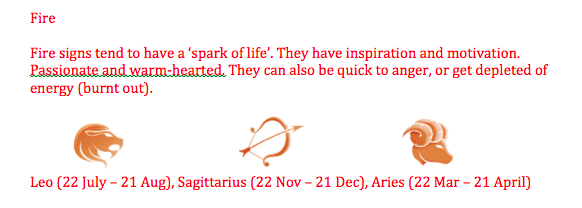
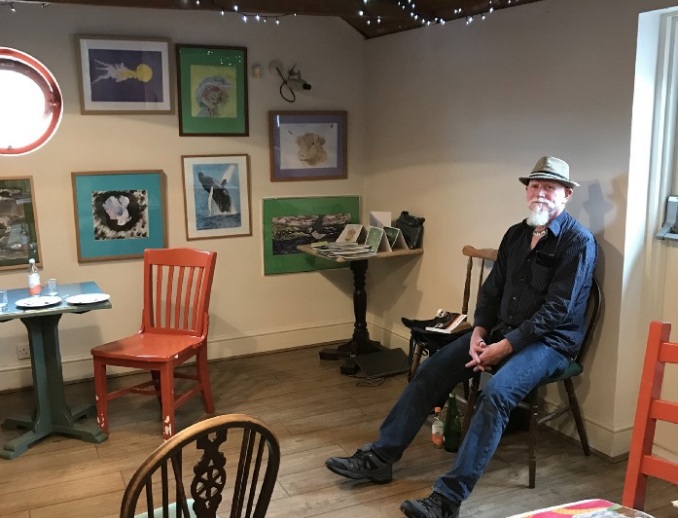
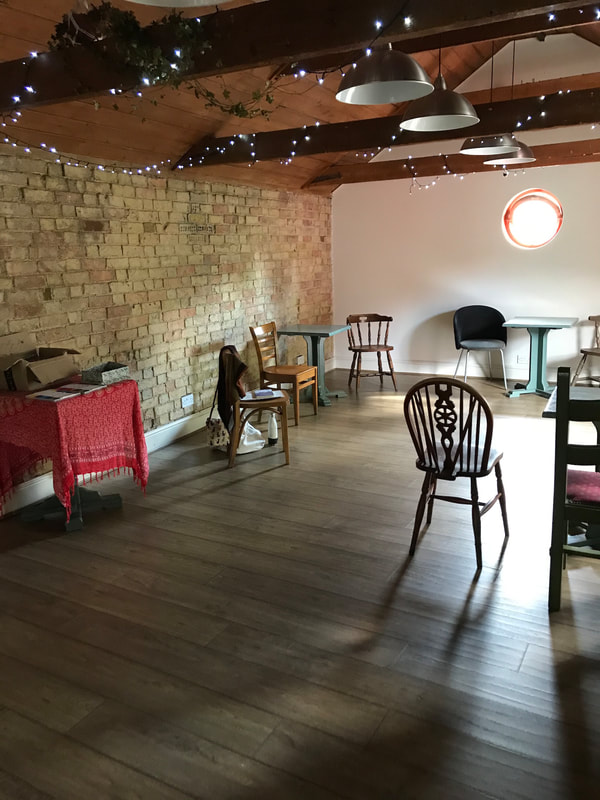
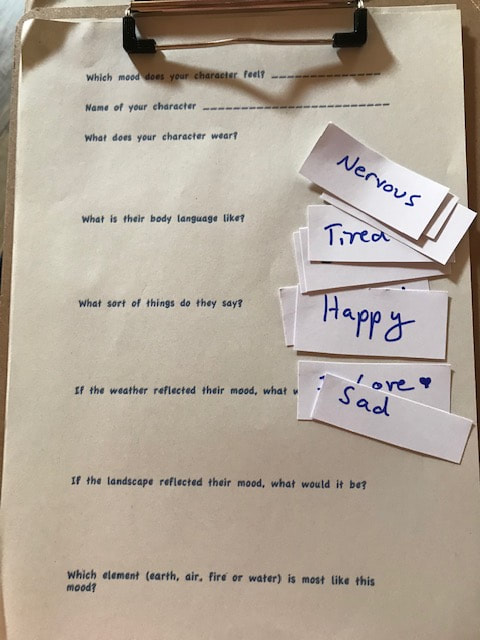
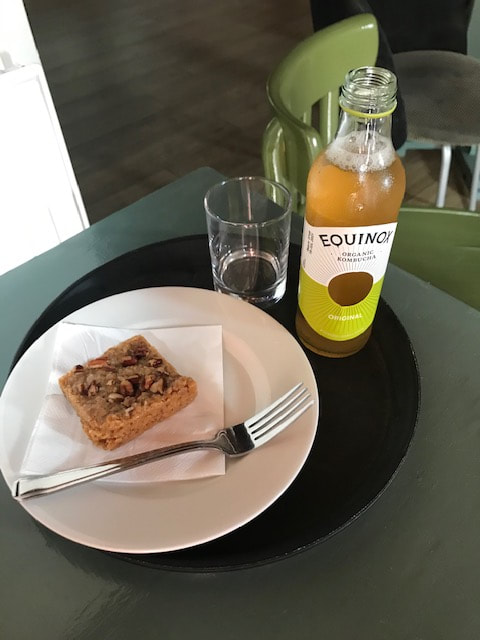

 RSS Feed
RSS Feed